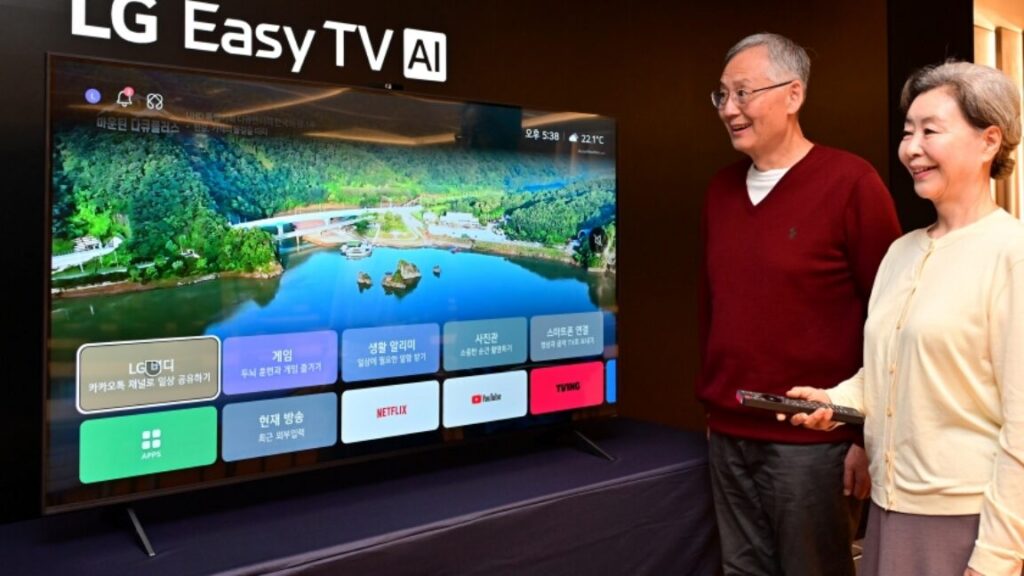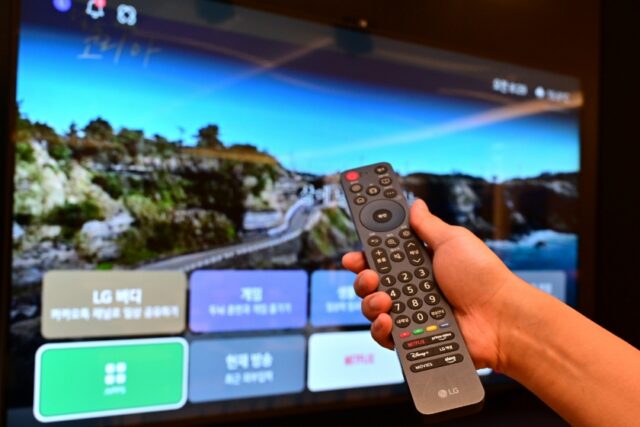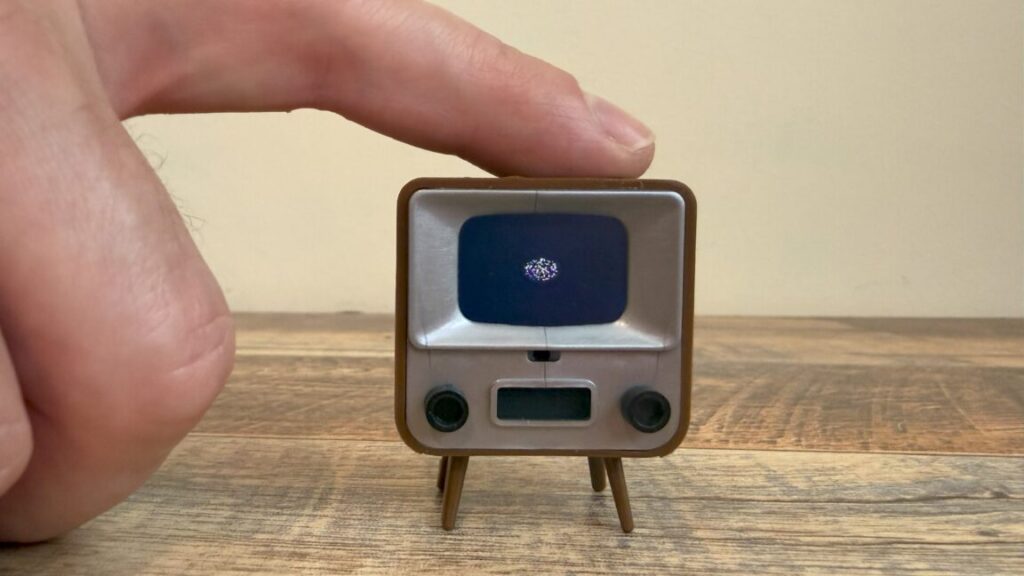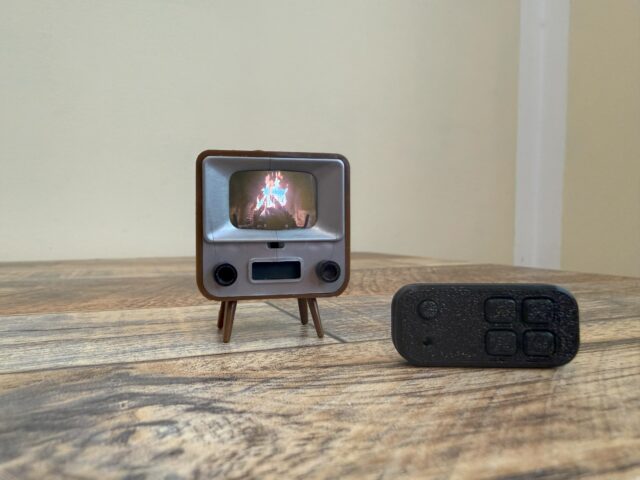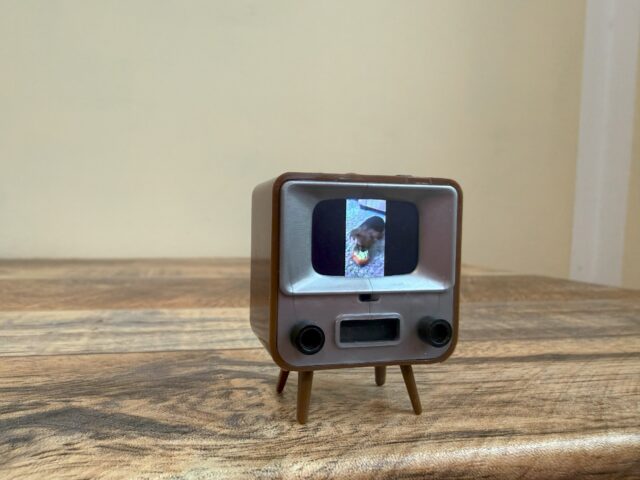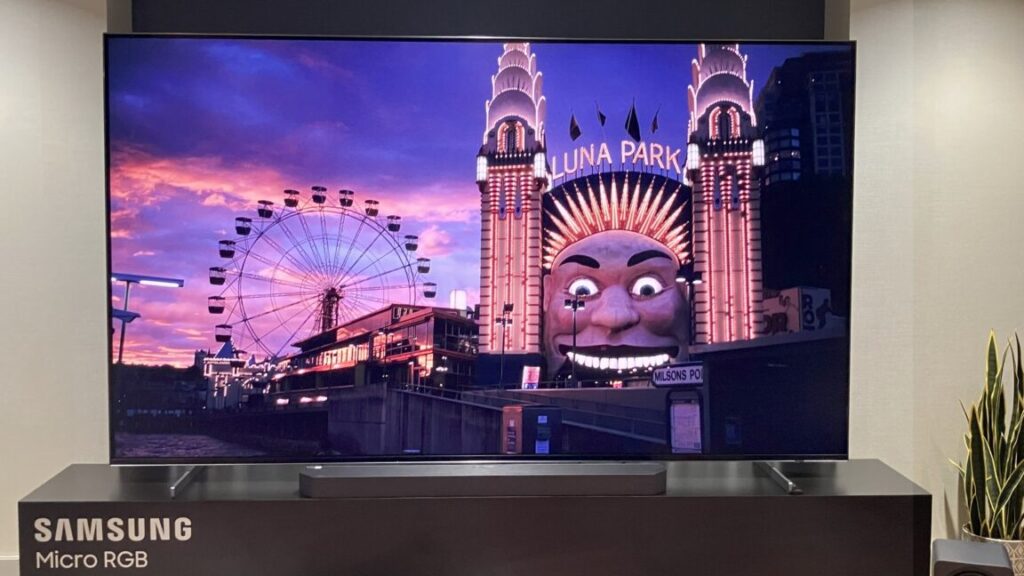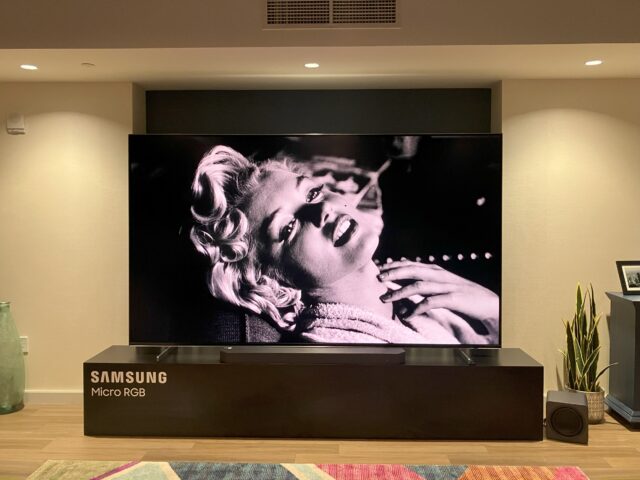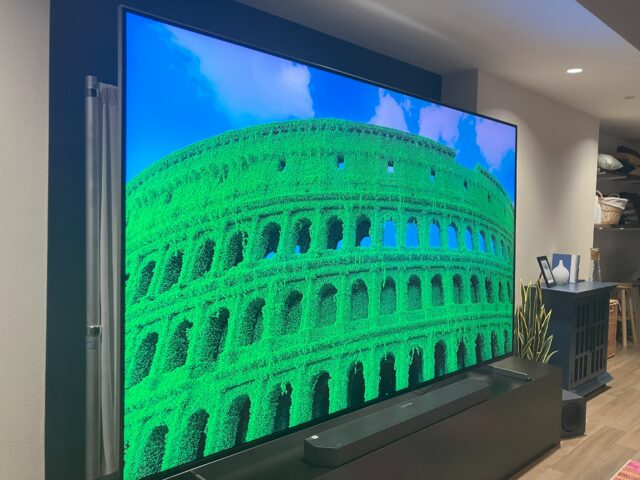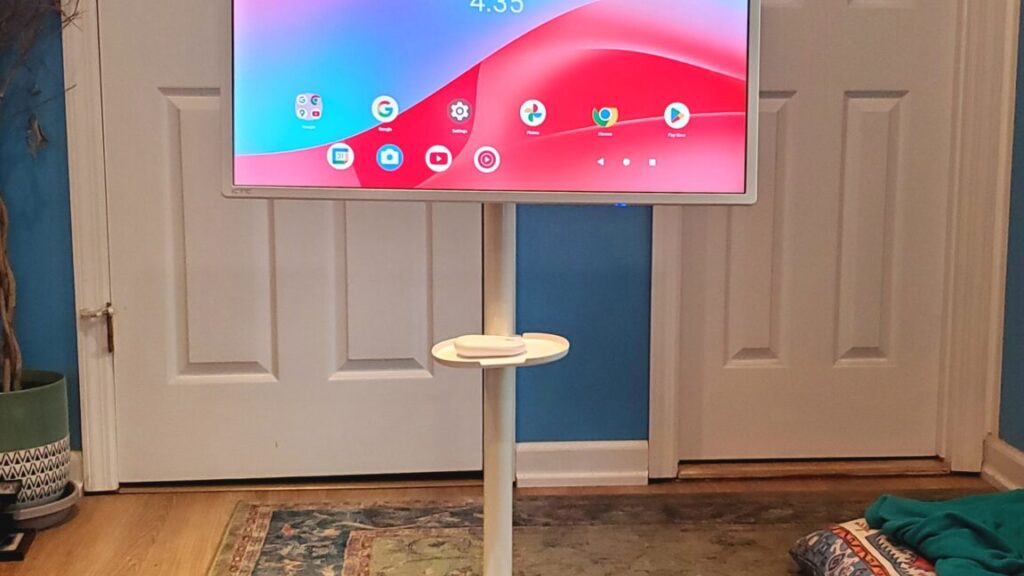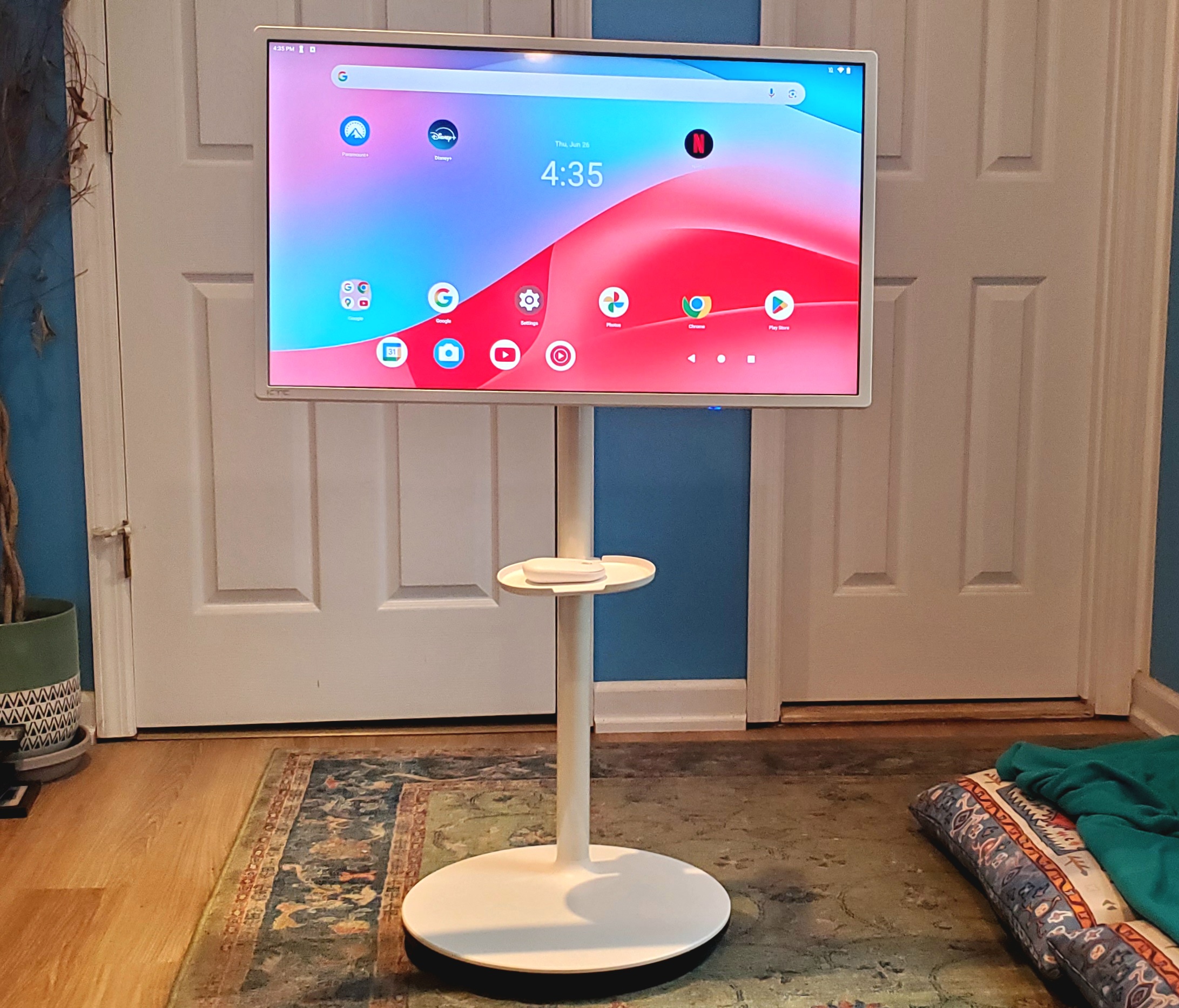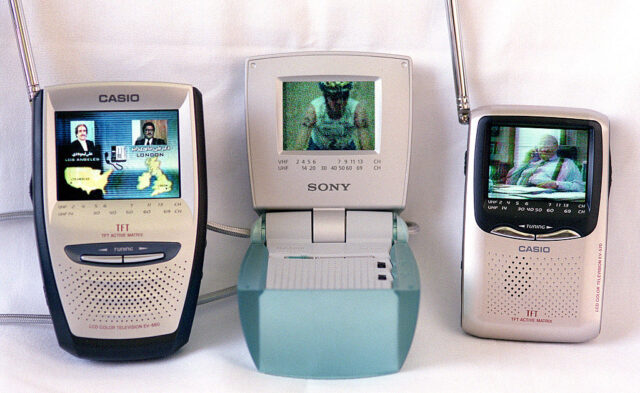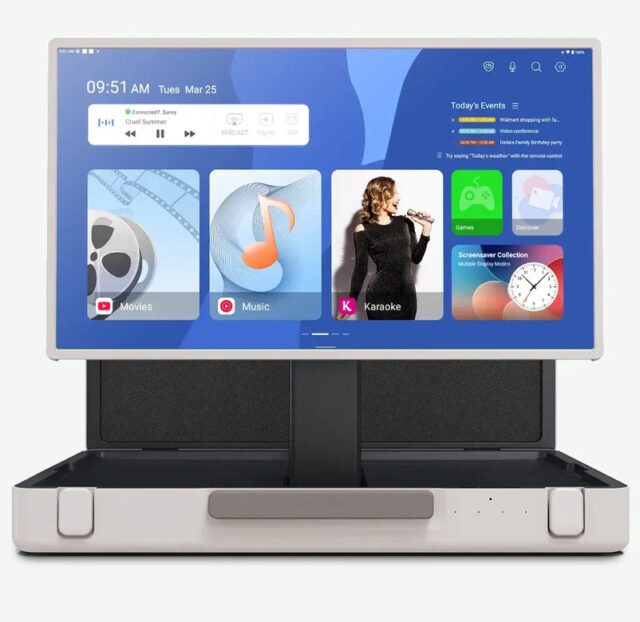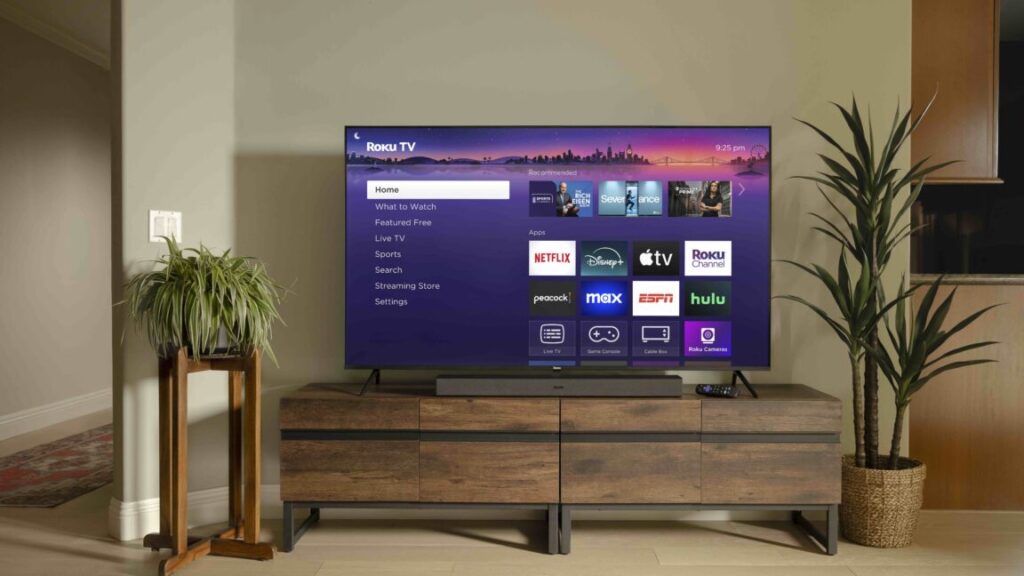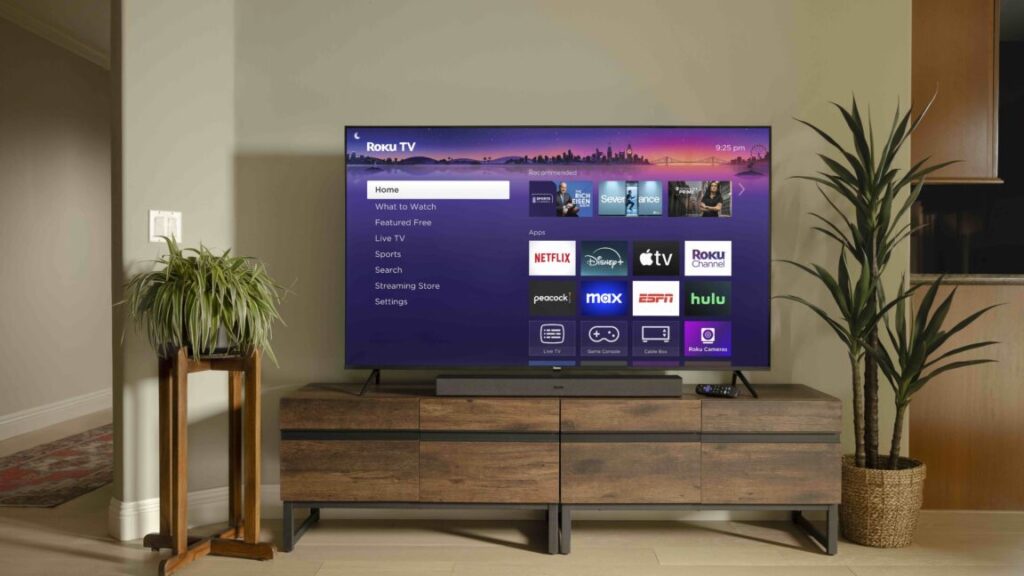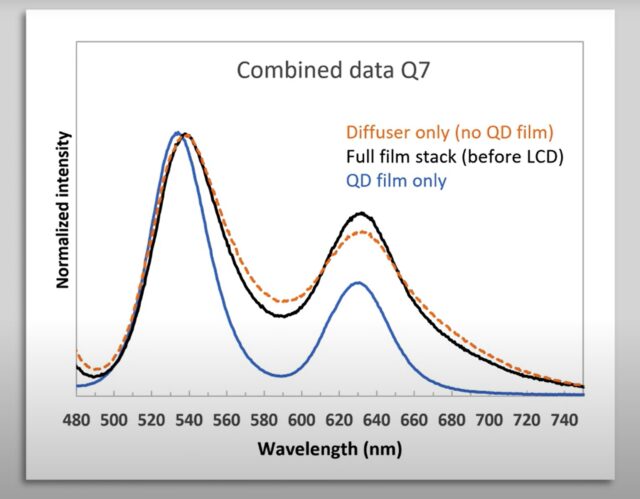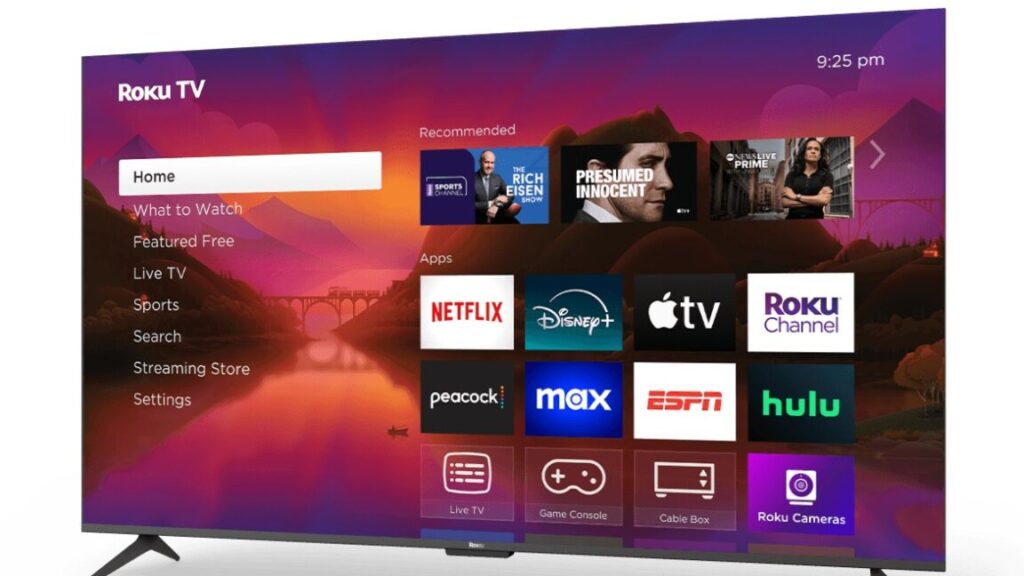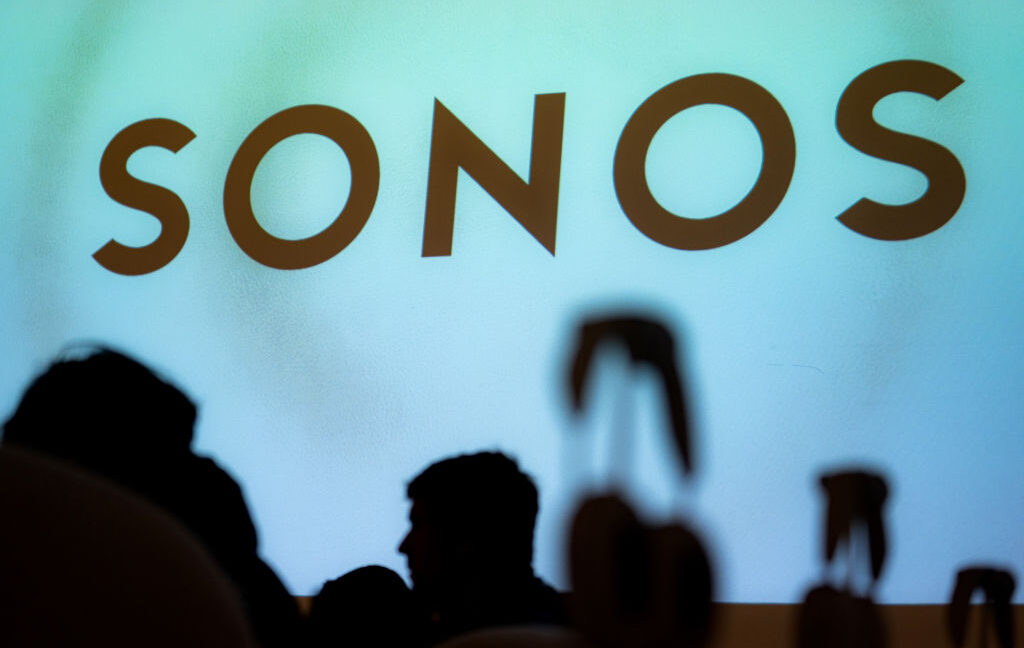LG’s $1,800 TV for seniors makes misguided assumptions
LG is looking to create a new market: TVs for senior citizens. However, I can’t help thinking that the answer for a TV that truly prioritizes the needs of older people is much simpler—and cheaper.
On Thursday, LG announced the Easy TV in South Korea, aiming it at the “senior TV market,” according to a Google translation of the press release. One of the features that LG has included in attempts to appeal to this demographic is a remote control with numbers. Many remotes for smart TVs, streaming sticks, and boxes don’t have numbered buttons, with much of the controller’s real estate dedicated to other inputs.
The Easy TV’s remote. Credit: LG
LG released a new version of its Magic Remote in January with a particularly limited button selection that is likely to confuse or frustrate newcomers. In addition to not having keys for individual numbers, there are no buttons for switching inputs, play/pause, or fast forward/rewind.
LG’s 2025 Magic Remote. Credit: Tom’s Guide/YouTube
The Easy TV’s remote has all of those buttons, plus mute, zoom, and bigger labels. The translated press release also highlights a button that sounds like “back” and says that seniors can push it to quickly return to the previous broadcast. The company framed it as a way for users to return to what they were watching after something unexpected occurs, such as an app launching accidentally or a screen going dark after another device is plugged into the TV.
You’ll also find the same sort of buttons that you typically find with new smart TV remotes these days, including buttons for launching specific streaming services.
Beyond the remote, LG tweaked its operating system for TVs, webOS, to focus on “five senior-focused features and favorite apps” and use a larger font, the translated announcement said.
Some Easy TV features are similar to those available on LG’s other TVs, but tailored to use cases that LG believes seniors are interested in. For instance, LG says seniors can use a reminder feature for medication alerts, set up integrated video calling features to quickly connect with family members who can assist with TV problems or an emergency, and play built-in games aimed at brain health.
LG’s $1,800 TV for seniors makes misguided assumptions Read More »
